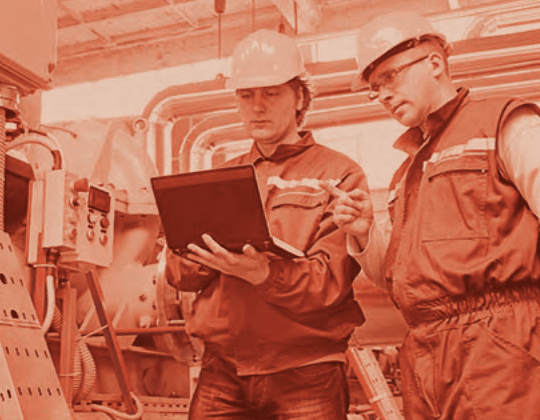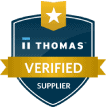Top Tips for Energy-Saving Air Compressor Maintenance
Globally, the air compressor market is quickly growing due to the versatility and cost-effectiveness of air compressor units. Between 2020 and 2028, the market is expected to grow at a rate (CAGR) of 3.4% annually. However, despite the wide adoption of air compressors, many businesses don’t prioritize air compressor maintenance, resulting in increased expenses due to costly repairs or replacements and the associated downtime. Air compressor maintenance offers you many benefits, such as time savings, safety enhancements, and reduced production costs due to less energy consumption. See our guide to inline clean air treatment here.
Top 5 Energy Saving Tips
 Regardless of your specific industry or application, a well-maintained air compressor plays a vital part in reducing energy consumption. Here are five top tips you can implement to increase the energy savings from your air compressor:
Regardless of your specific industry or application, a well-maintained air compressor plays a vital part in reducing energy consumption. Here are five top tips you can implement to increase the energy savings from your air compressor:
Cost Saving Advice: Hoses, Fittings, and Waste
Check your fittings regularly, ensuring they create a tight seal. Loose fittings are a significant cause of leaks in air compressor units. If the fittings seem corroded or worn out, you should repair or replace them immediately. Consider inspecting hoses since they act as the system’s key connection points, and any damage to the hose could disrupt the entire system. Hoses usually get damaged during cold weather or bent, resulting in corrosion or cracks. Additionally, drain your unit’s receiver tank to avoid suboptimal operation due to a lack of storage capacity.
Apply Proper Controls to Multiple Compressor Units
Proper controls maintain steady system pressure and ensure that only the required compressor units are brought online. This eliminates the inappropriate use of compressed air and ensures each unit is operating at peak efficiency. The controls are also helpful in turning off compressor units that are not needed or not being used.
Ensure Piping & Storage are Properly Sized
The problem with most systems is the lack of adequate storage and piping. When sizing piping, it should optimize the transfer of compressed air at the desired flow and pressure to the point of use. Having wider piping from two to three inches can minimize the pressure to around 50%. On the other hand, reducing the distance traveled by air can lower pressure by about 30%-40%. Having the wrong storage size can result in issues with production or increased costs due to wasted energy.
Change Your Air Filters Regularly
Air filters should be inspected monthly and replaced regularly. Drops in pressure as little as two psi can cost about 1% in compressor horsepower efficiency. Regular inspection and replacement maintain air quality and reduce the chance of pressure dropping. There are several point-of-use and air-line filters in a typical system, which should also be maintained regularly.
Reduce the Operating Pressure to the Lowest Possible Setting
A common rule for most compressors indicates that every 2-psi reduction in system operating pressure can result in 1% in compressor energy-saving efficiency. Continuously adjust the pressure setting to reach the lowest possible setting without compromising performance. Additionally, centralized systems using multiple compressors can be set to run using a central controller. Turning down the pressure on your compressor even 10 PSIG is a 5% savings in electrical costs.
Contact Compressed Air Systems for More Advice
Maintaining your air compressor is essential to ensure daily operations and equipment continue running without interruption. At Compressed Air Systems, we are proudly celebrating nearly 60 years of delivering superior equipment design and engineering, custom turnkey installations, compressed air leak detection and elimination, air compressor rentals and services, and more. We have partnered with Kaeser to create a long and productive business partnership as a proud supplier of Kaeser air compressors. Get in touch with us today for more information about our services.









